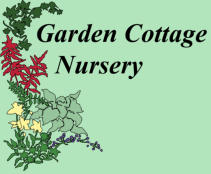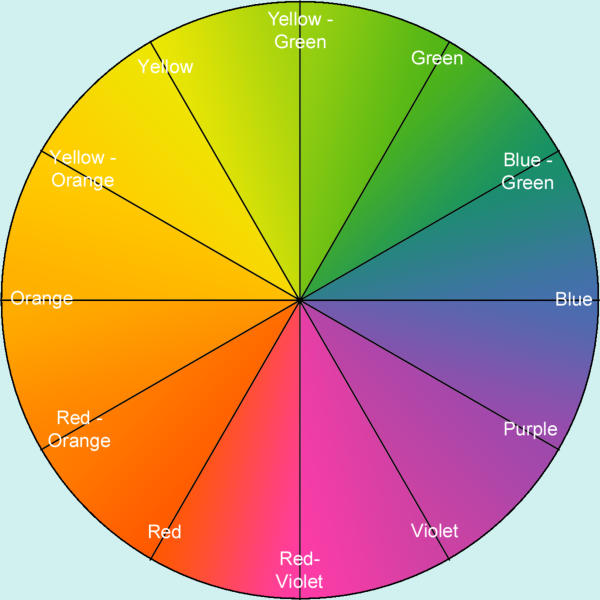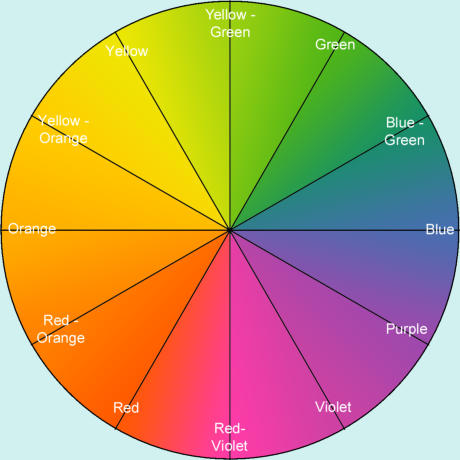
© Garden Cottage Nursery, 2022

Planting Planning And Colour
Making A Border

As stated earlier there are three common basic types of border; shrub, mixed and herbaceous. Shrub borders should only need
the most cursory preparation and can even just be larger shrubs planted amongst the grass (though this will be unpopular with the
person who does the mowing). A mixed or herbaceous border needs proper preparation and then proper planning before planting.
The secret to a successful border is preparation and careful planning:
•
Know your site; what is the aspect, is it sunny south facing or shady north? You can use a Sun Chart to have an idea of the
amount and direction of sun striking your site and to see at what times of day and of year it will be in shade.
•
What is the soil like, wet, well drained, acid, alkali, rich or poor, sandy, silty, clay or peaty?
•
Is the site exposed to wind, if so chose stockier tougher varieties and you may want a more permanent buffer half way down
like a shrub to act as a partition/mini windbreak to stop the whole border being flattened from the side. Try planting backed by
a hedge that faces the most exposed quarter so the border can grow up in the lee.
•
How big is your border. Measure your border and make a plan on paper, nothing too fancy, on this you can mark what you put
where. Knowing how big an area you are working with will inform you of the amount of plants you will need.
•
Know your plants, over and under-planting are both very common problems. Too few plants and you will spend a lot of the
future weeding. Too many and everything will be drawn up and suffer from the competition. So find out from the nursery or a
good book what height and spread you can expect from each plant and if they will perform well in your conditions. Try to
group plants that need similar maintenance to avoid unnecessary disturbance.
•
Do you want a seasonal or colour themed or colour, e.g. a ‘hot’ (red, oranges and yellows) or white and silver, sympathetic
colour scheme or a random riot of colour, these choices will dictate the ‘pallet’ of plants you select from to paint your border.

When planning what you want your new border to look like you may wish to think about the flower and foliage colours you will
employ.
Generally gardeners will employ complimentary or contrasting colours.
You can use a colour wheel like the one below to help plan this if you know the flower colour of a plant.
Complimentary colours will be within three segments of each other (e.g. blues with greens or reds with oranges). These give more
calming and gentle combinations.
Contrasting colours will be on opposite sides of the wheel (e.g. yellows and purples). Contrasting colours are more arrestingly
impact-full, but must be used with care as too much can be a messy, noisy riot.
For those interested in colour in the garden the two gurus to study are the English ladies Gertrude Jekyll and Vita Sackville-West.
You can use the browse by Colour feature of our Availability List to help you a bit, but it is a bit broad and arbitrary in it’s colour
selection as many flowers have more than one colour to them.












© Garden Cottage Nursery, 2021

Planting Planning And Colour
Making A Border

As stated earlier there are three common basic types of border;
shrub, mixed and herbaceous. Shrub borders should only need
the most cursory preparation and can even just be larger shrubs
planted amongst the grass (though this will be unpopular with
the person who does the mowing). A mixed or herbaceous
border needs proper preparation and then proper planning
before planting. The secret to a successful border is preparation
and careful planning:
•
Know your site; what is the aspect, is it sunny south facing
or shady north? You can use a Sun Chart to have an idea
of the amount and direction of sun striking your site and to
see at what times of day and of year it will be in shade.
•
What is the soil like, wet, well drained, acid, alkali, rich or
poor, sandy, silty, clay or peaty?
•
Is the site exposed to wind, if so chose stockier tougher
varieties and you may want a more permanent buffer half
way down like a shrub to act as a partition/mini windbreak
to stop the whole border being flattened from the side. Try
planting backed by a hedge that faces the most exposed
quarter so the border can grow up in the lee.
•
How big is your border. Measure your border and make a
plan on paper, nothing too fancy, on this you can mark
what you put where. Knowing how big an area you are
working with will inform you of the amount of plants you
will need.
•
Know your plants, over and under-planting are both very
common problems. Too few plants and you will spend a lot
of the future weeding. Too many and everything will be
drawn up and suffer from the competition. So find out from
the nursery or a good book what height and spread you
can expect from each plant and if they will perform well in
your conditions. Try to group plants that need similar
maintenance to avoid unnecessary disturbance.
•
Do you want a seasonal or colour themed or colour, e.g. a
‘hot’ (red, oranges and yellows) or white and silver,
sympathetic colour scheme or a random riot of colour,
these choices will dictate the ‘pallet’ of plants you select
from to paint your border.

When planning what you want your new border to look like you
may wish to think about the flower and foliage colours you will
employ.
Generally gardeners will employ complimentary or contrasting
colours.
You can use a colour wheel like the one below to help plan this
if you know the flower colour of a plant.
Complimentary colours will be within three segments of each
other (e.g. blues with greens or reds with oranges). These give
more calming and gentle combinations.
Contrasting colours will be on opposite sides of the wheel (e.g.
yellows and purples). Contrasting colours are more arrestingly
impact-full, but must be used with care as too much can be a
messy, noisy riot.
For those interested in colour in the garden the two gurus to
study are the English ladies Gertrude Jekyll and Vita Sackville-
West.
You can use the browse by Colour feature of our Availability List
to help you a bit, but it is a bit broad and arbitrary in it’s colour
selection as many flowers have more than one colour to them.


























